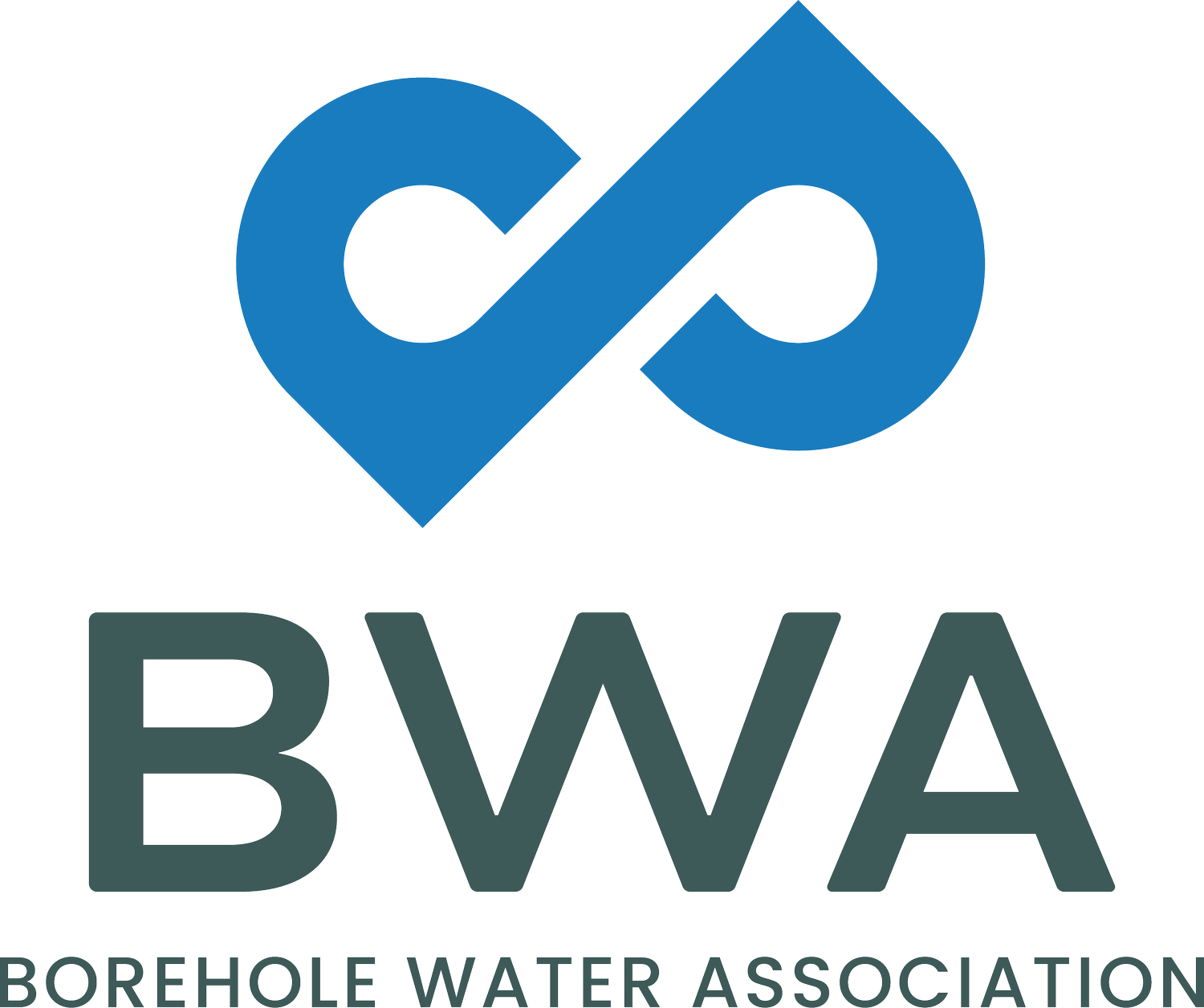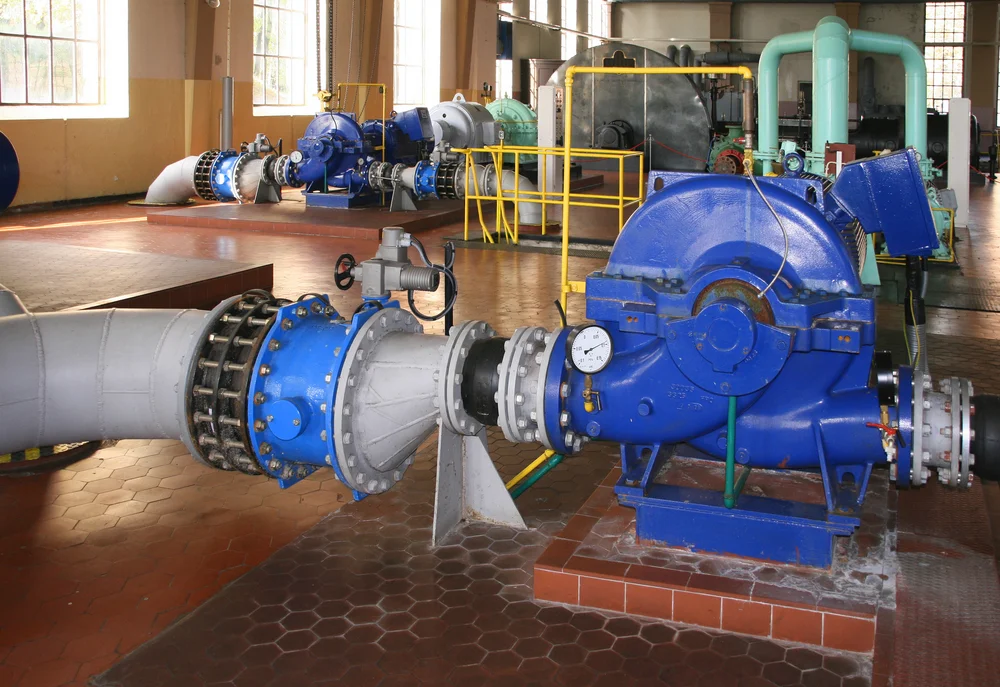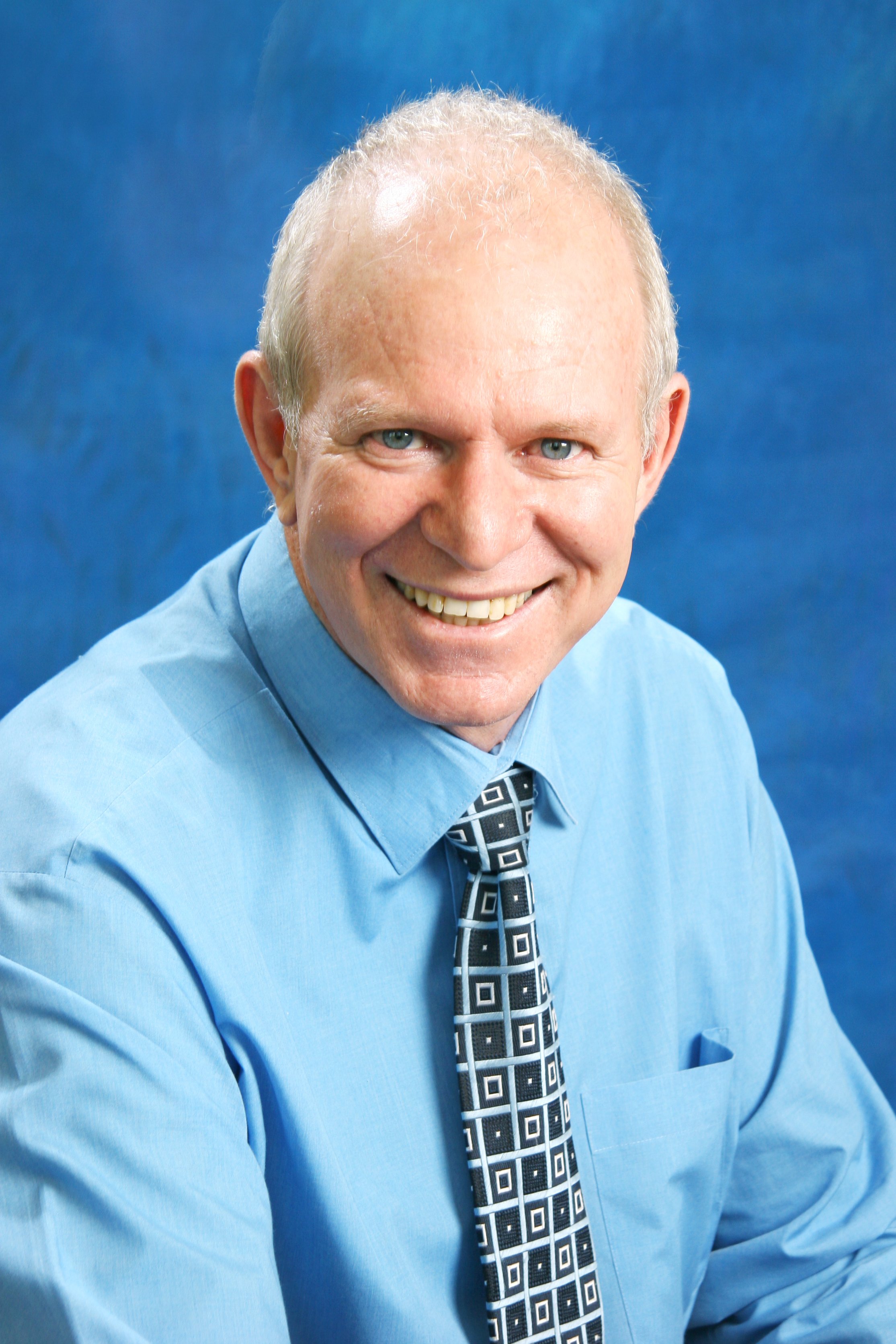Skills and expertise exist to solve water challenges, concrete experts told
/Local engineering and scientific expertise already exist to solve South Africa’s ever-deepening water and sanitation crisis. However, these are yet to be fully harnessed by government to help to articulate a clear vision to decisively arrest the decline which threatens to significantly exacerbate the “triple challenges” of poverty, inequality and unemployment.
Dr Anthony Turton, a renowned scientist specialising in water-resource management.
This is according to Dr Anthony Turton, a renowned scientist specialising in water-resource management. He was addressing the many built-environment professionals who attended the Cement & Concrete Society South Africa’s Working for Water Roadshow. Held in Johannesburg, Cape Town and Durban, the event provided an important forum to unpack the extent of the water and sanitation crisis and, importantly, find solutions and mobilise action.
Dr Turton reminded delegates that South Africa was already in the midst of a crisis. “South Africa became a water-constrained economy as early as 2002. This was when the National Water Resource Strategy indicated that the country had allocated 98% of all available water. It is no longer a looming problem,” he said.
Worsening and widespread water shortages are already posing a severe risk to a beleaguered economy. Agriculture is the biggest consumer of water, using 60% of the country’s available resources. Meanwhile, mining and industry account for about 6% of total water consumption in the country.
However, Dr Turton believes that the sanitation crisis is the single biggest challenge that the country currently faces. This is considering the severe risk that it poses to the health of all South African citizens and the cost of productivity losses to the economy.
The country’s more than 800 potable water systems have been overwhelmed by the highly contaminated water that flows into the country’s rivers and dams. At present, only 10% of the 7-billion litres of sewage that is produced daily is treated to a standard considered to be safe for direct human contact. The state is the biggest polluter of water by far, dwarfing industrial flows significantly. Even the best performing bulk water supplier in the country is buckling under the increasingly high biological load entering its water-treatment plants.
Most of the country’s water and sanitation problems are due to neglect of existing infrastructure and poor planning at policymaking level which, ordinarily, is influenced by political ideology as opposed to developing the best solutions. This is being compounded by widespread corruption.
Water recovery, including desalination; reuse; and recycling have the potential to make a large and lasting impact.
Therefore, Dr Turton, reemphasised the need for a team of apolitical technical experts to help government navigate the dire water and sanitation crisis that the country is facing.
He noted that political will to find sustainable solutions to the problems that are clearly articulated in an informed and carefully considered and formed policy and strategy would also attract much-needed private capital into the country’s water and sanitation industry. This is in addition to facilitating more technological innovation by the private sector to optimise processes.
According to Turton, efforts should mainly be geared at water recovery, including desalination; reuse; and recycling which, he believes, have the potential to make a large and lasting impact.
“If we multiply the 38-billion-m3 of water that is accessible from our dams 1,6 times, we derive at the 63-billion-m3 that we will need in about six years’ time at current consumption levels. This can be achieved by recovery, reuse and recycling of South Africa’s total water resources,” Turton said.
However, as Dr. Turton noted, this approach requires a complete paradigm shift in the way in which water is currently being managed. At present, water is viewed as a single-use stock, requiring dams and inter-basin transfers to be constructed to ensure security of supply. The world over, this approach has been the driver of industrial growth. However, its unintended consequences are the economic decline of areas that previously thrived on a foundation of dammed water areas. Already, South Africa’s largest municipal jurisdictions, namely eThekweni, Johannesburg, Tshwane and Ekurhuleni, are grappling with severe water shortages. Meanwhile, Cape Town narrowly averted “Day Zero”, which is when taps were expected to run dry, while many areas of the Western Cape are still in the throes of a severe drought.
Water should be managed as an infinitely renewable resource that it is.
Instead, Turton says that water should be managed as “an infinitely renewable resource that it is.” “Science shows that water is a flux flowing in time and space, with the same volume returning to the ecosystem after it has been used,” he said.
This radical approach to managing water will also serve as catalyst for the development of dual stream reticulation economy in which water of different prices is used for various productive applications. For example, water of a lower quality, as opposed to water treated to potable standard, should be used for industrial processes. This is already done in the Durban South Wastewater Treatment Plant that supplies industrial grade water to the Sapref oil refinery and the Sappi paper mill.
South Africa already has vast knowledge recycling sewage. As early as the 1970s, the Council for Scientific and Industrial Research developed the first sewage-recycling technology. This technology was deployed in Windhoek in the then South West Africa as successful solution to water scarcity in the city.
Meanwhile, the country has almost 20 years of experience reclaiming and desalinating the worst water, namely AMD, into the cleanest drinkable water. This is also knowledge that is ready to be mobilised, according to Dr Turton.
An example of excellence in the field is the eMalahleni Water Reclamation Plant, owned by a joint venture between BHP Billiton Energy Coal South Africa and Thungela Resources. Operating since 2007, the plant consists of a collection system that pumps excess contaminated mine water from several surface and underground coal mines in the eMalahleni area for treatment. A total of 50ML/d of AMD is currently being treated to drinkable water standards for use by mines and the eMalahleni Local Municipality.
South Africa needs a dual stream reticulation economy in which water of different prices is used for various productive applications.
Certainly, the plant also serves as a sound example of what can be achieved when government and the private sector work together to find solutions that effect society.
Significant strides are still being made in the field. A case in point is eutectic freeze crystallisation treatment of wastewater, technology developed by Prentec and based on research by the University of Cape Town’s Faculty of Engineering & the Built environment.
This world-first technology that was first deployed at Glencore’s Tweefontein Colliery to treat briny wastewater into clean water and valuable salts – a major leap towards achieving zero-effluent discharge.
In addition to recycling all components, the technology reduces the need for evaporation ponds which are used to treat large amounts of wastewater produced as a by-product of coal mining. This infrastructure requires large tracts of land; is costly to build; has an extremely short lifespan; and can leak into the surrounding soil, threatening the environment.
Moreover, eutectic freeze crystallisation treatment of wastewater is not as energy intensive as heat water evaporation. The heat of fusion of ice is six times less than that of water evaporation, although energy for freezing is more expensive.
Potential applications for the technology are vast and encompass a wide range of applications beyond mining. This includes treating paper, pulp and textile wastes, as well as brines that are produced from the desalination of seawater.
Dr Turton also sees significant potential for managed aquifer recharge (MAR) at a large scale in the country. MAR provides long-term storage for drought periods; natural treatment; and a low- cost and energy water-supply solution. It is also a way of replenishing over-exploited aquifers and safeguards water against evaporation.
The Atlantis Water Resource Management Scheme (AWRMS) in Cape Town has been operating for the past 40 years. The scheme currently has a supply capacity of between 5ML/d and 13ML/d which will be upgraded to 35ML/d. This will be achieved by bringing additional water from a new wellfield situated between the Witzands and Silwerstroom wellfield. The established managed aquifer recharge component uses treated domestic wastewater and stormwater, which is diverted to recharge basins where it infiltrates the aquifer.
There are also plans to develop a state-of-the-art indirect potable reuse scheme with a capacity to deliver super-treated water in the municipal jurisdiction. Water produced by the scheme will have an extremely high reduction in viruses and bacteria, while micro-pollutants will be well below detectable levels. The final effluent will be treated at Cape Flats and Borcherds Quarry Wastewater Treatment Works to a higher than drinking water standard, and then injected into the Cape Flats Aquifer. In the aquifer, it will undergo further treatment. It will be treated again after it has been extracted as part of a multiple-barrier treatment approach. This is the first scheme of its kind in South Africa to incorporate such an advanced water-treatment system.
He says that South Africa should look to Australia for further inspiration as to what can be achieved with MAR. Large quantities of treated wastewater is supplementing Perth’s drinking water supply at the Beenyup Wastewater Treatment Plant. Meanwhile, treated stormwater and wastewater are being used for irrigation purposes in Kalamunda and Mandurah, respectively.
Dr. Turton says that developing the market for “New Water” – water recovered from waste or from the ocean – presents immense opportunity for the South African cement and concrete industries. “The size of the market is about 25-billion m3 per annum. This means that we must invest into new infrastructure to generate two-thirds of our total dam storage capacity if we want to create full employment by 2030. This is all going to be concrete dependent,” he concludes.
For more information contact: David Poggiolini david@thecontentengine.co.za or
Debbie Poggiolini debbie@thecontentengine.co.za








